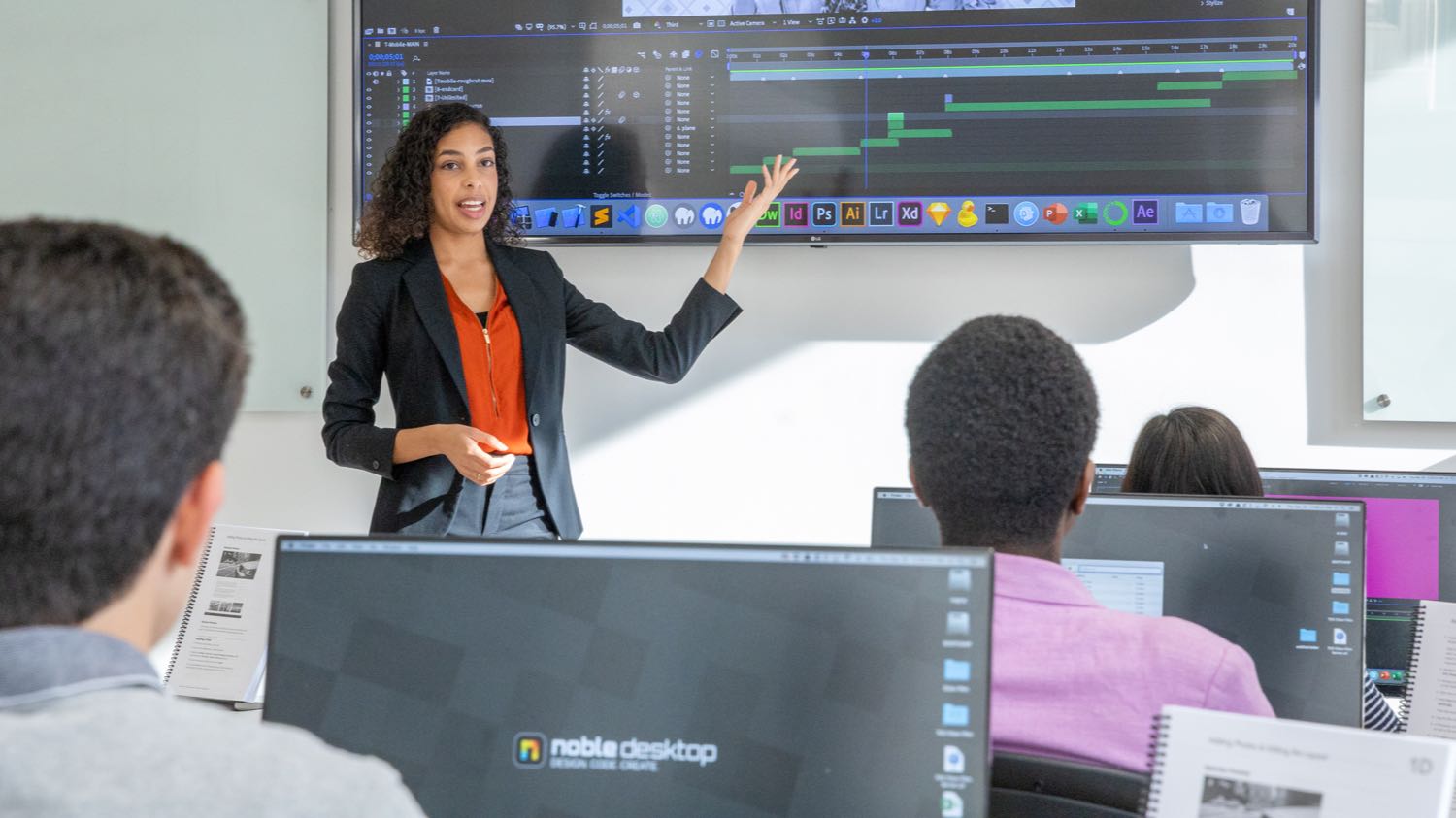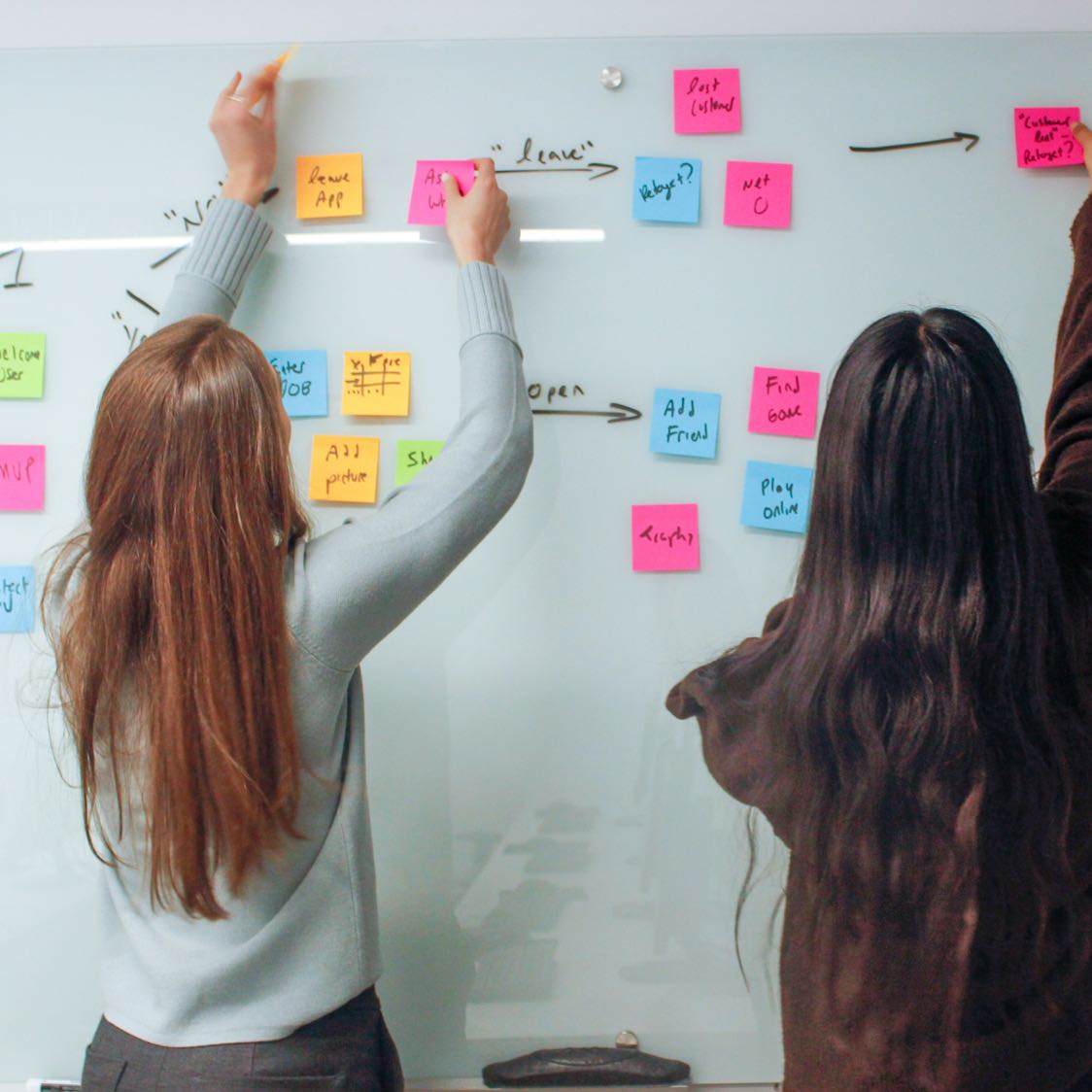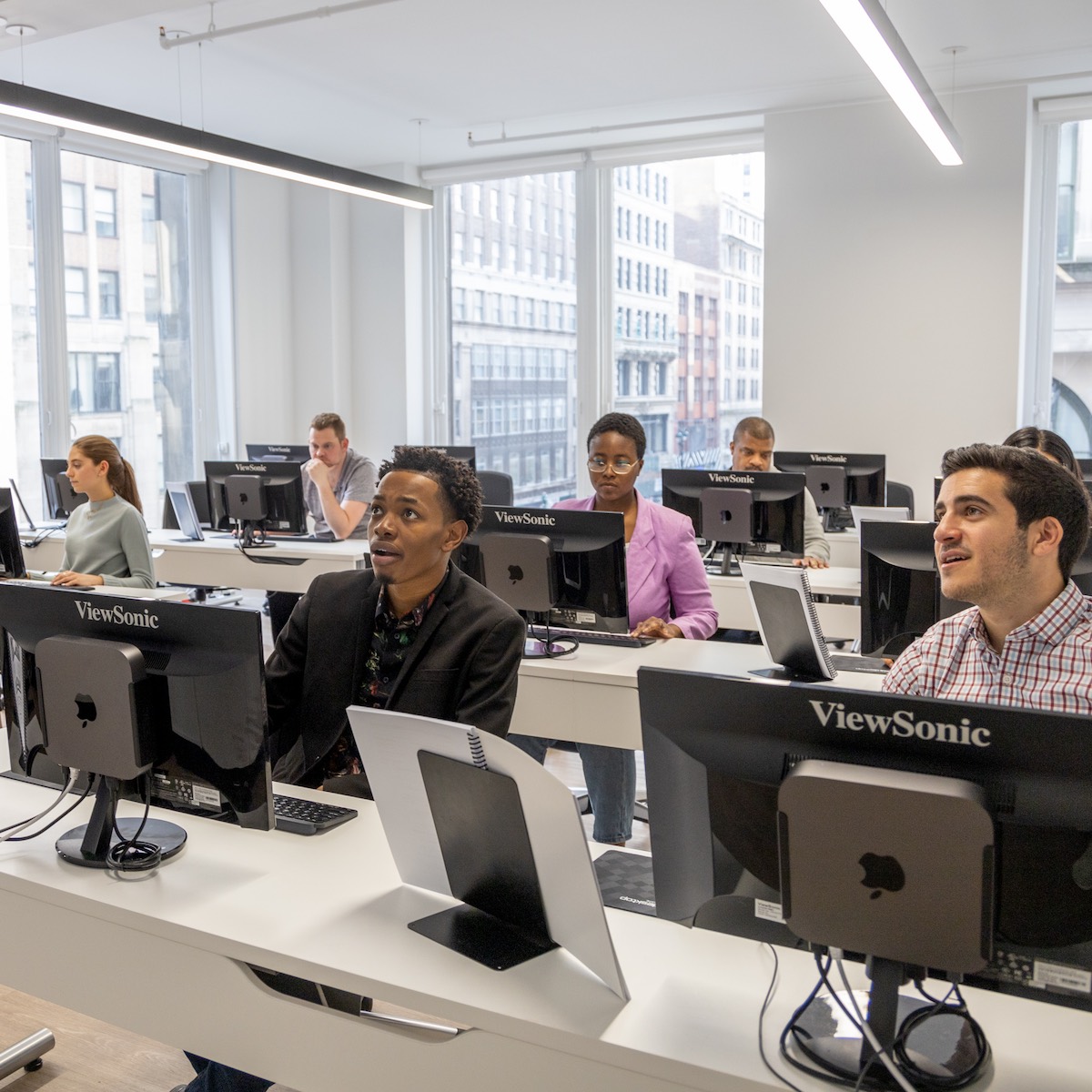More About Web Development
Front-End Web Development
When a user visits a website, they are accessing its front-end. In other words, the front end of a website is the part that users interact with in a web browser. Front-end developers know how to code HTML, CSS, and JavaScript.
Our summer certificate in web development teaches you these skills so you can build your own websites from scratch.
Let's dive into some web development topics:
HTML
HTML, which stands for HyperText Markup Language, is often the first language that developers learn. It allows them to add content such as text, images, forms, and more to webpage. HTML creates the content and structure/outline of the page. Developers supplement HTML with CSS to refine the appearance of the content and the overall layout. Together, HTML and CSS make up the majority of the user interface.
CSS
CSS, or Cascading Style Sheets, is learned alongside HTML because the two work seamlessly together. With CSS, we can make global changes to a website’s look. We can style color, font, border, position, shape, and even create simple animations. We can change individual elements (such as a single line of text), multiple elements (such as all headers at the same time), or we can pick and choose which things to manipulate by assigning classes and IDs to things that we create in HTML.
JavaScript
We use JavaScript on the front end to change how certain parts of the page function. It allows us to take animate elements in a webpage or give them added functionality. JavaScript can validate form information, add or remove items from a to-do list, or perform mathematical functions (such as in an e-commerce store or on a food delivery app). We can even use JavaScript to grab data from external sources and seamlessly integrate it into our website’s front end.
In other words, you use HTML to create a button, CSS to determine how the button looks, and JavaScript to determine how it will function.
JavaScript is one of the most versatile languages in web development. Because of its popularity and broad scope of capabilities, there are numerous libraries and frameworks that make programming JavaScript faster and easier:
- jQuery is a popular JavaScript library that lets you do more, with less code. Using popular jQuery plugins, you can add tons of functionality to a page by writing minimal code, because someone else has already written the code for you.
- JavaScript frameworks are a bit different. They affect the page on a more global level. Popular frameworks include Angular and React.
Flexbox
CSS flexbox is primarily used when laying out webpage content in one direction (row or column). We say primarily because flexbox content can wrap, which would create multiple rows and columns. Its focus is not on creating a full grid though, as CSS grid does.
We use flexbox to size, align, and distribute content in a direction (row or column). In a world of various sized devices, the flexibility of flexbox enables us to size content for different size screens, to change from a column direction on mobile to a row direction on desktop, and to even reorder content differently on multiple screen sizes.













